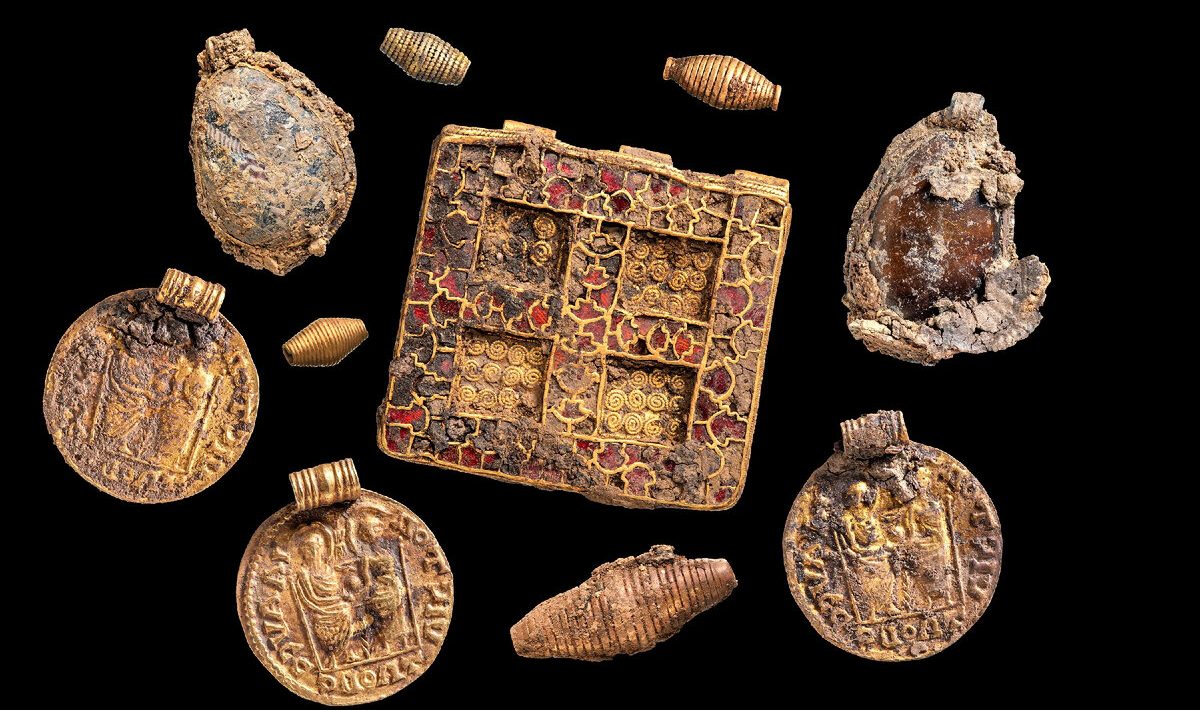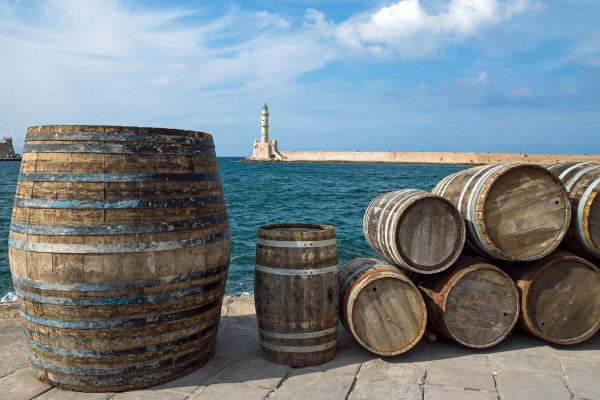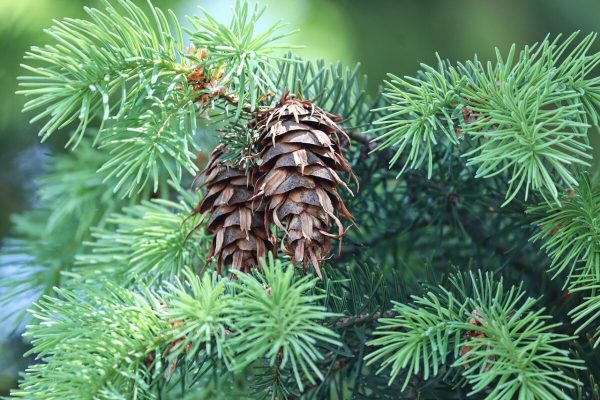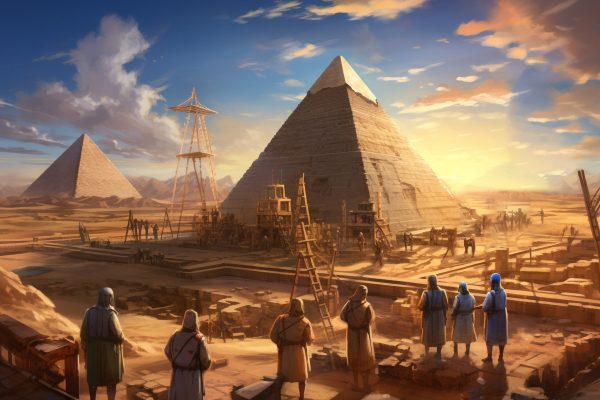A team of archaeologists has discovered a collection of gold and silver coins, as well as various bronze objects, in a previously unknown settlement.
Some of the coins discovered, already labelled for study before being put on display.
The Celtic presence in what is now the Czech Republic dates back to approximately 450-50 BC. The Boii tribe, from which the ancient Roman name Boiohaemum (the present-day region of Bohemia) derives, dominated this area until they were expelled by the Romans. The Boii founded fortified settlements, known as oppida, in Závist, near Prague, and Staré Hradisko, in Moravia, which also served as important political and economic centres.
The Celts who inhabited these areas were known for their metalwork, coin minting and for being part of the extensive trade networks that stretched from the British Isles to the Balkans. Now, a team of archaeologists from the Archaeological Institute of the Czech Academy of Sciences (AV ČR) and the Museum and Gallery of Northern Pilsen has just made a fascinating new discovery.
It consists of a collection of gold and silver coins, bronze ornaments and even a small figurine of a horse from a Celtic settlement north of Pilsen, a city in western Bohemia, which was unknown to researchers until now. ‘These discoveries are unique not only because of their quantity (hundreds of coins and jewels), but also because they were found in an area where no significant Celtic settlement was known to exist,’ said Jan Mařík, director of the Archaeological Institute.
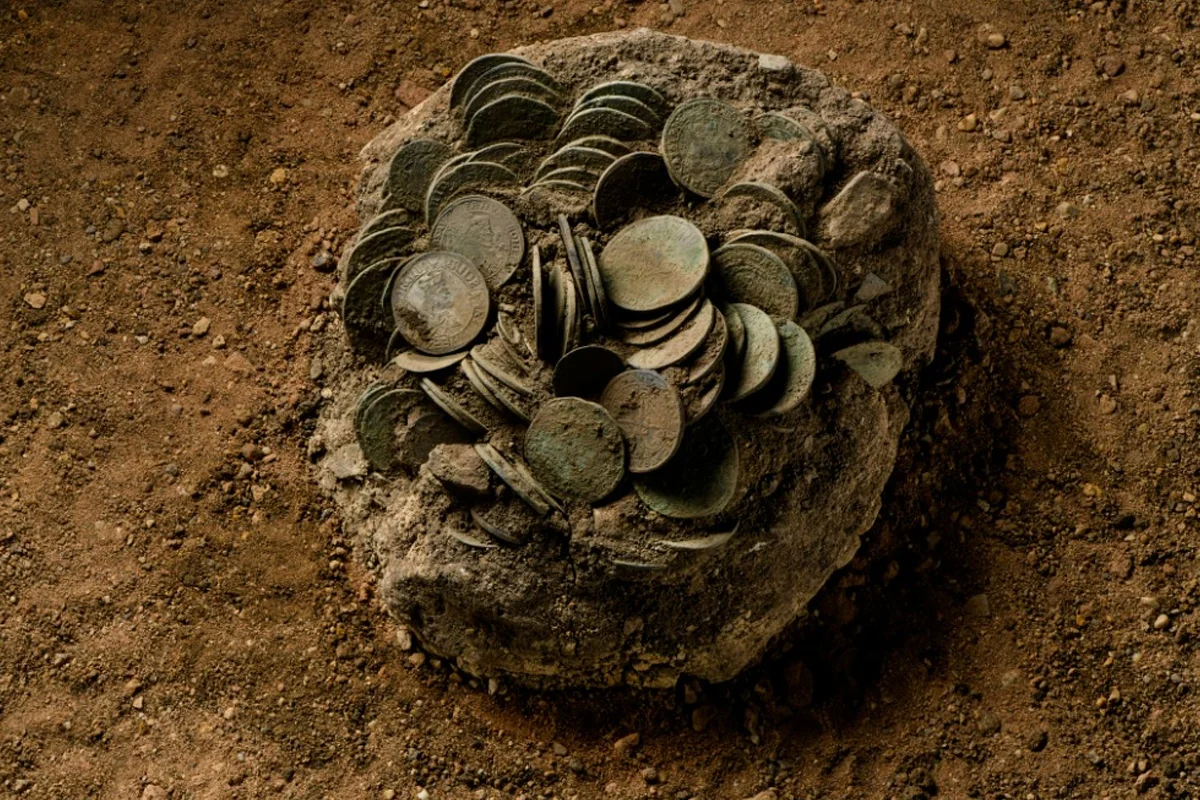
An unknown settlement
The authorities have not yet disclosed the location of the settlement. In the Czech Republic, as in many other parts of Europe, one of the main tasks of archaeologists is to protect potential finds from the danger of being discovered by illegal treasure hunters. ‘Illegal metal detectorists pose a significant threat to our cultural heritage. To prevent further damage, the exact location of the site has been kept secret,’ explains Mařík.
Daniel Stráník, an archaeologist at the Museum and Gallery of Northern Pilsen, emphasised that ‘this site is exceptional, at least on a Central European scale. Among the gold and silver coins discovered, we have identified previously unknown types that could redefine our understanding of Celtic coinage in Bohemia.’
But that’s not all. ‘The collection also includes gold jewellery from the Hallstatt era, bronze fibulae, brooches, bracelets, pendants and a bronze horse figure, all of which illustrate the quality of the art and craftsmanship of the ancient Celts who once inhabited this region,’ adds the researcher.
The researchers suggest that this mysterious settlement may not have been permanently occupied, but was perhaps a temporary meeting place or a place where exchanges took place. “It could have been a space where people gathered to trade, exchange goods and currency. The scattering of small objects, such as coins, suggests temporary activities rather than a long-term settlement,” commented archaeologist David Daněček.
Furthermore, the discovery of several gold and silver ingots at the settlement reinforces the hypothesis that this place may have played an important role in trade and coin minting, which, according to researchers, would be consistent with the same practices carried out in other smaller settlements in Austria and Moravia.
Recently, the Museum and Gallery of Northern Pilsen presented a selection of these finds in the exhibition ‘An Unclear Message about the Celts in Northern Pilsen’, which will remain open to the public until 30 November 2025.
Pavel Kodera, director of the museum, explained that ‘the most important pieces have been safely stored in the museum’s warehouses and will be exhibited once the research project is complete.
In the future, we are considering creating a permanent exhibition dedicated to the Celts, which will offer a completely new perspective on their life in our region,’ he concluded.

